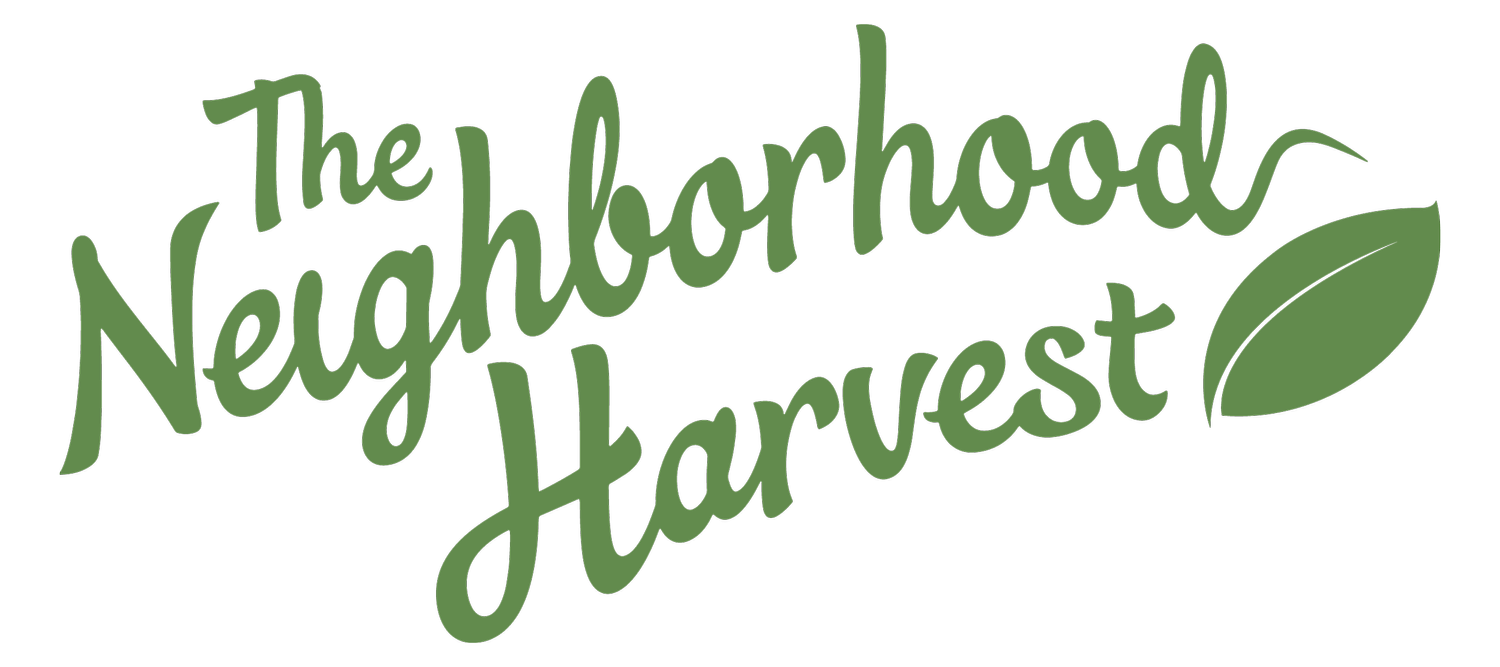How To Eat Healthy Part Two: Carbohydrate Intake
By Sandra Porter Leon, MS, RDN
Low carbs, no carbs, net carbs…
What comes to mind when you hear the word carbohydrate? When I pose this question to students, one response prevails… BREAD. You can imagine their surprise when they learn that several other food categories like fruits, vegetables, legumes, nuts, seeds, and whole grains also belong to this group. Yes, cauliflower, lentils, and blackberries are all carbohydrates!
Over the past several years, carbohydrates have been demonized as the unhealthy culprit of dieters and wellness buffs, sparking the Paleo and Keto revolutions. Although research confirms that low-carbohydrate diets help with weight loss, many diets that omit starchy categories like legumes and grains are not sustainable over a lifetime.
Our bodies are dependent on this macronutrient as the body’s primary fuel source. Of course, we can use the other macronutrients like protein and fat for fuel as well, but the breakdown process is much less efficient. Our mission for overall well-being is to choose healthy complex carbohydrates- high in fiber and micronutrients- that help keep us satisfied, our bowels regular, and even prevent the risk of heart disease, diabetes, and certain cancers.
And what about the occasional Krispy Kreme donut?!
All foods can be incorporated in a healthy diet; however, aim to minimize your intake of “refined” or simple carbohydrates that contain little nutritional value. These processed products are absorbed very quickly, causing a sugar spike and a resulting sugar crash which may cause mood swings and continued carbohydrate cravings.
According to the US Dietary guidelines, 45-65% of our diet should be carbohydrates. What does this mean for you and me? These percentages provide guidelines for athletes who trend towards the higher range for athletic performance, as well as dieters who may opt for a lower-carb ratio. For an 1800-calorie diet, for example, the carbohydrate range equals 200- 300 grams per day. (Psst…keep reading. You’ll find a sample menu below with healthy carbs in this range.)
Carbohydrate Take-Aways:
1. Aim for whole-food carbohydrates.
These are also known as “complex” carbohydrates, such as veggies and fruits (with skin), beans, sweet potatoes, and whole grains where the germ is intact like quinoa and steel cut oatmeal. Our rotating fruit and veggie bundles provide great choices! And stay tuned for TNH’s new meals like quinoa-encrusted salmon and three-bean medley.
2. Moderation.
Who doesn’t love an occasional TNH chocolate-chip cookie? When eating a refined carb, keep two strategies in mind. Michael Roizen, author of What to Eat When, encourages us to enjoy a treat in the first half of the day when our metabolism is revved a little higher and after a meal to reduce that spike in blood sugar.
3. Portions! Portions! Portions!
If you love pasta, read on. Although considered a refined carb, fettuccini can be part of a nutritious diet, especially cooked "al dente," or firm, which lowers its glycemic index and keeps our blood sugar stable. Target one-cup pasta portions and combine with vegetables, lean proteins, and healthy fats for a nourishing meal. Check out our new egg ravioli and fettuccini along with Chef Andrea’s “Create-Your-Own” Pasta Kit and our Pasta Salvia Kit (pictured with this article).
Below you’ll find a sample daily meal plan. It’s a great place to start in terms of the types and portions of carbs you can eat in the course of a day and still achieve balanced eating. Everyone is a little different in terms of how many calories they need in a day, but this is an average guide. I hope you’ll enjoy making your own plan using these guidelines and your favorite ingredients.
As always, I love hearing your feedback! Send an email to me by clicking here.
1800 Calorie Meal Plan with Healthy Carbohydrates
(as well as healthy protein, fat, and fiber)
Breakfast
1 cup yogurt (Greek style)
½ cup blueberries, blackberries, or favorite fruit
1/2 cup muesli (no added sugar)
2 tbsp pumpkin seeds, walnuts, or almonds
Lunch
1 cup baby spinach
1/3 cup feta cheese
½ cup strawberries
1 hard-boiled egg, sliced
2 tbsp chopped walnuts
½ cup chickpeas
6 whole grain crackers (I love Mary’s Gone Crackers)
Snack
2 medium carrots
1/4 cup TNH hummus
Dinner
1 cup fresh TNH fettuccine
1 Andrea’s chicken meatball and ½-1 cup Andrea’s marinara sauce
1 cup steamed broccoli
1-2 cups cucumber and tomato salad with 1 tbsp Harvest Vinaigrette
Snack
1 medium apple, sliced
1 tbsp peanut butter
pinch of cinnamon
Many of the ingredients above are found on the TNH website! Click the Shop Now button to check out all that’s available. Happy Eating!
